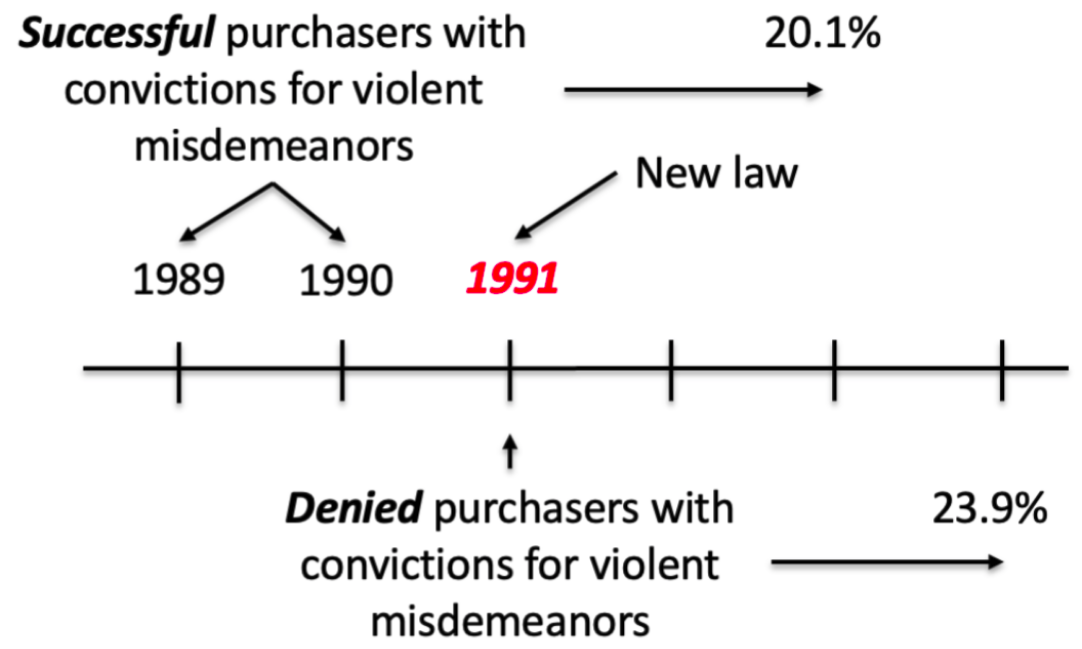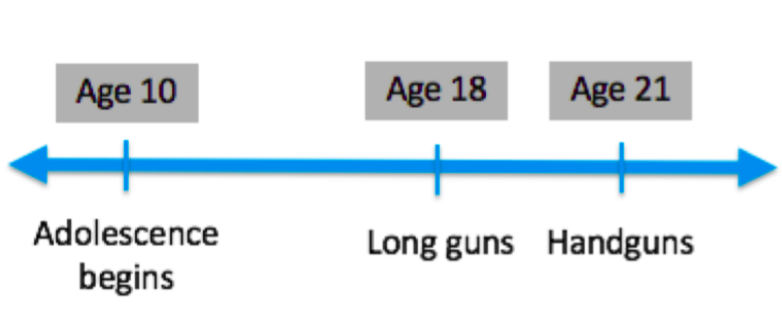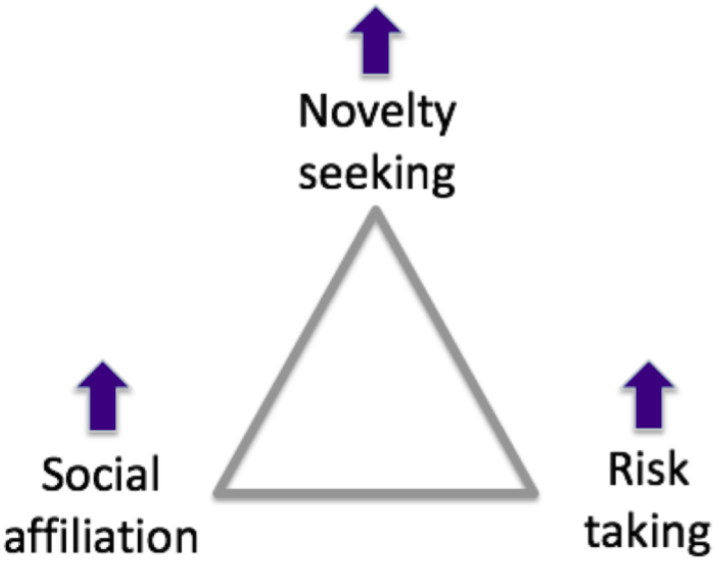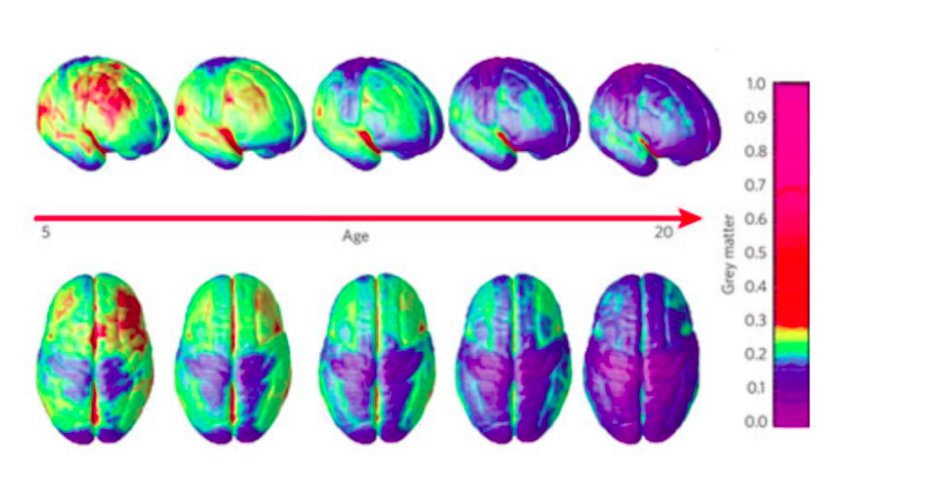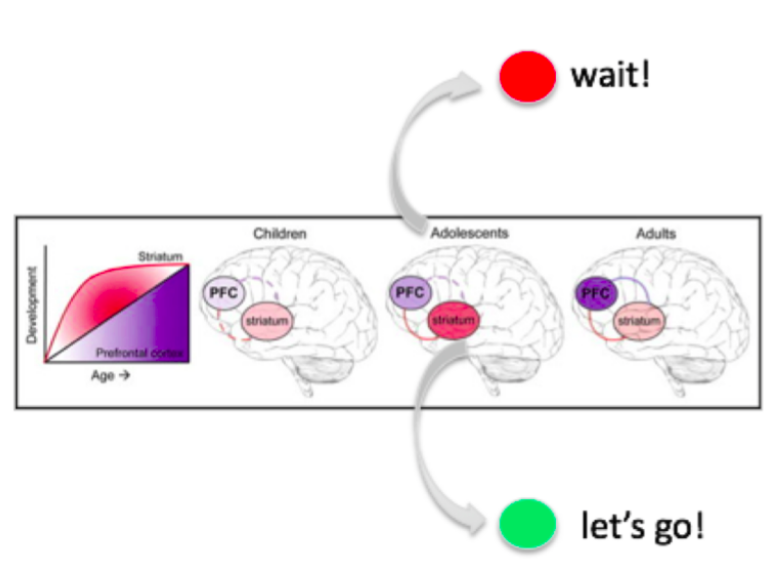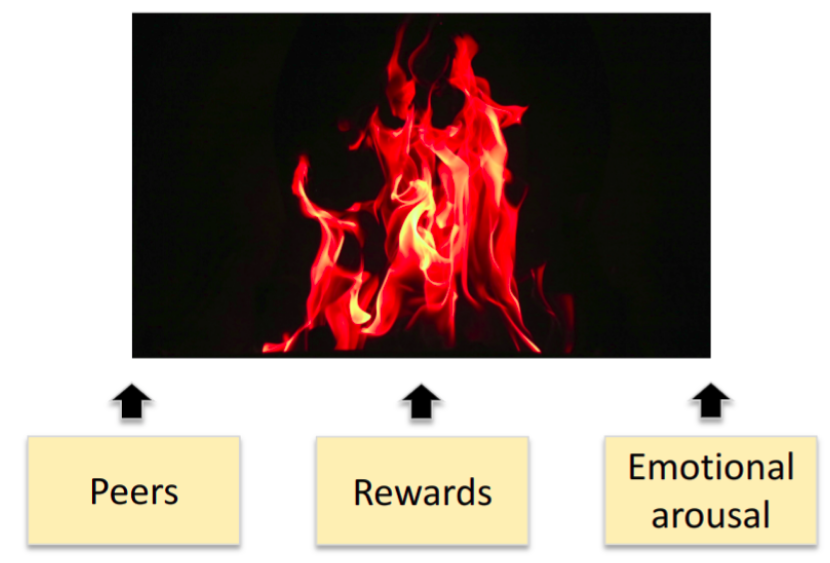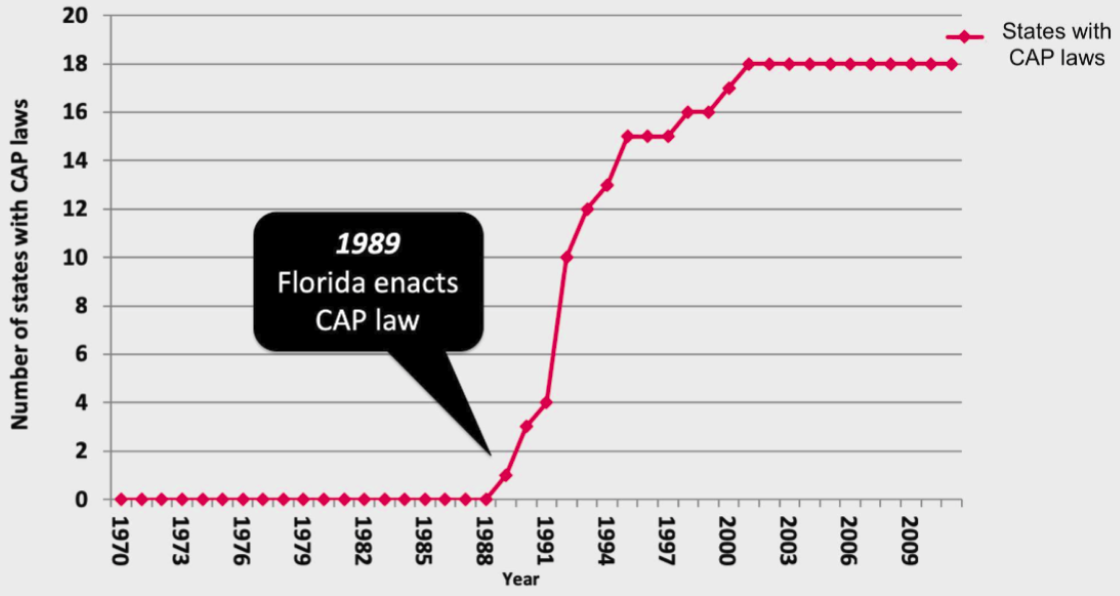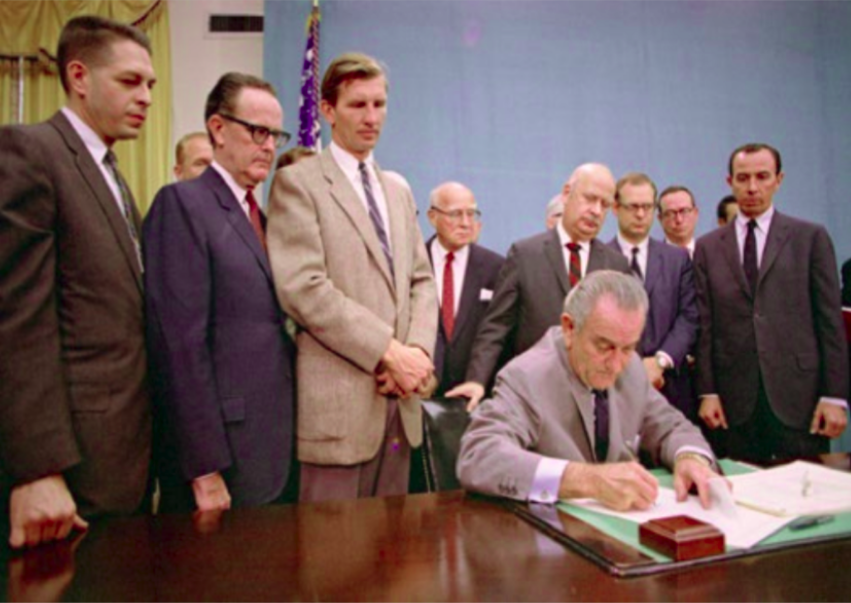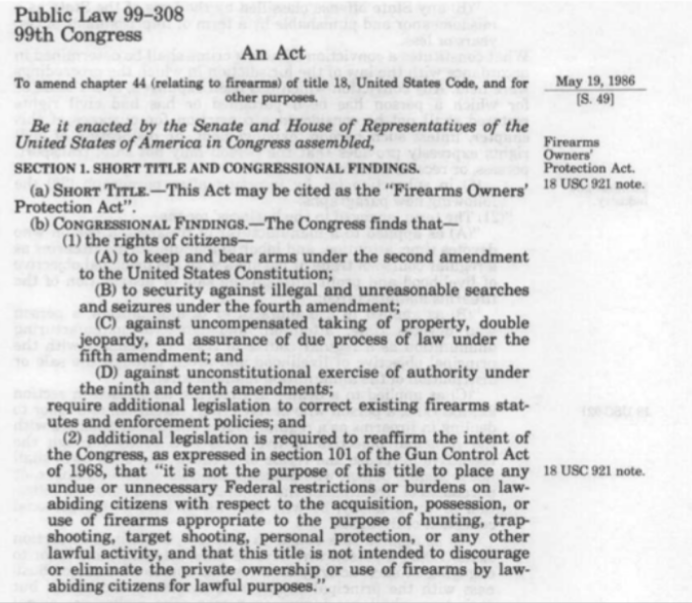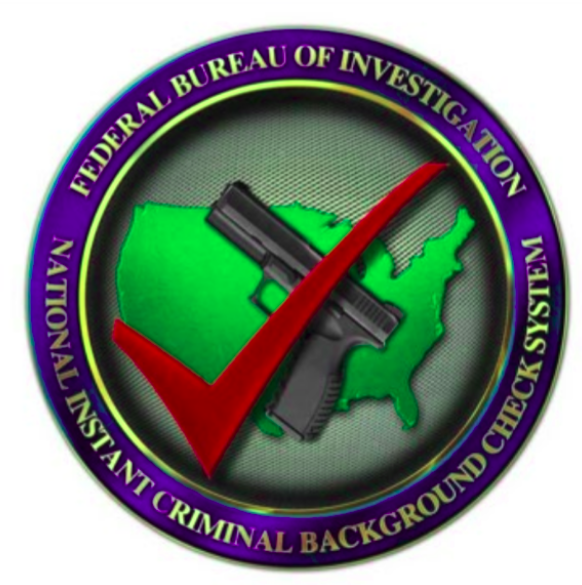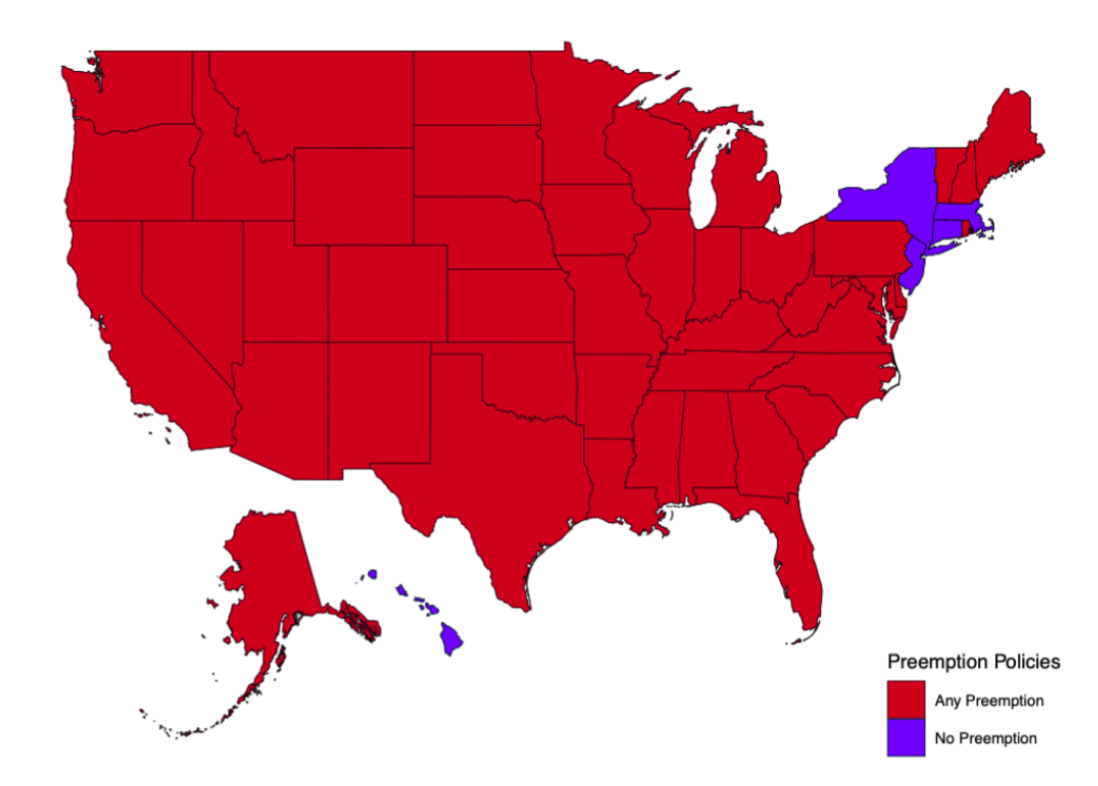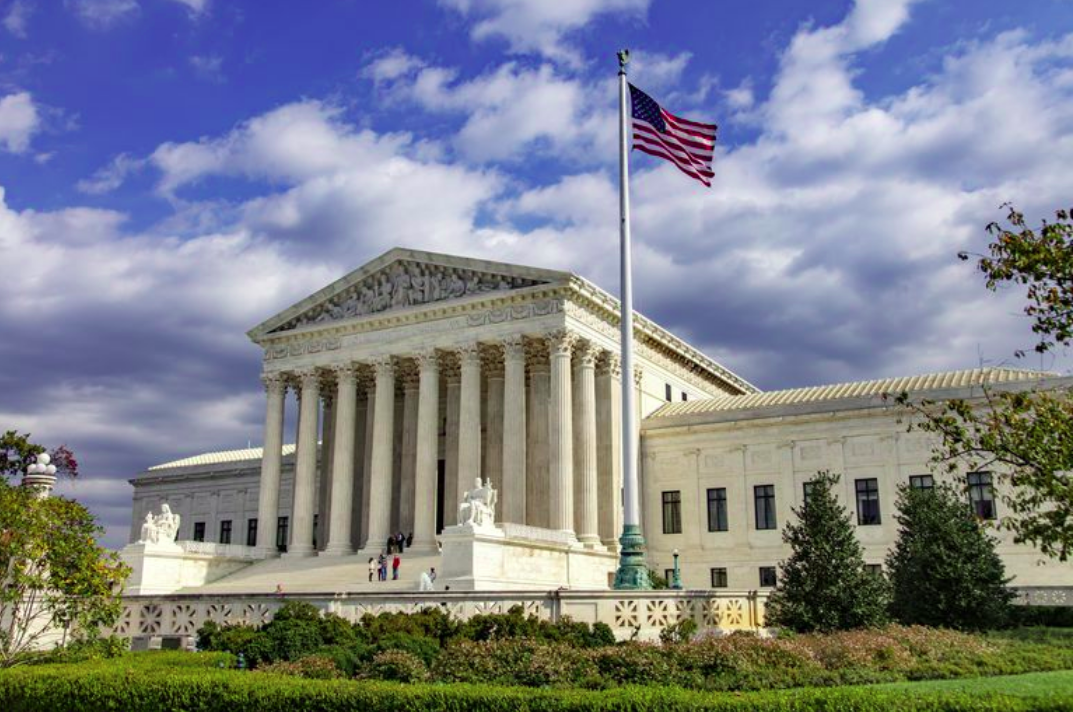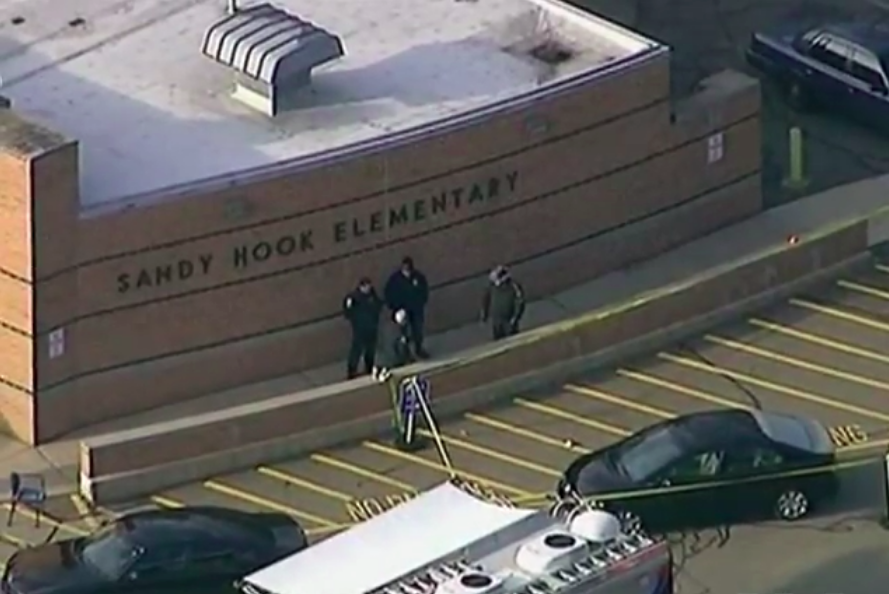This is the seventh post in a series about Reducing Gun Violence in the United States. The previous post described Violence, Alcohol, Drugs, and Guns.
In this post, I’ll explore the relationship between mental illness and violence, firearm restrictions affecting people with mental illnesses, and related laws and their effectiveness.
- For those who want to see the highlights without going through the data, skip right to the conclusions at the bottom of this post.
- The data in this post comes from several different sources, which I’ve linked in the references section at the bottom of this post for those who want to see the data for themselves or dive deeper.
Is Violence Related To Mental Illness?
In the United States alone, 10 million people have serious mental illnesses, and 3 million of those people – 30% – are not getting the treatment they need. You may even know one of these people who has struggled with mental illness: depression, bipolar disorder, schizophrenia, or one of many other conditions. They could be in your family or your friend circle. Treatments exist for these conditions, and some people who have access to treatment do well and recover, but for many individuals, treatment is out of reach.

Often, we hear about mental illness from a law or policymaker in the wake of a mass shooting. When these horrific events occur, we try to rationalize and understand what caused them with a straight answer. And often the answer that is given is “mental illness”. Sometimes, shooters in these situations do have documented mental health conditions, like untreated schizophrenia, involving hallucinations or delusions, and so the public can be led to think that the problem is all about mental illness. The solution proposed is often to fix or more properly fund the woefully inadequate mental health system in the US.
But is fixing the mental health care system really going to reduce the mass shootings and prevent gun violence more generally?
If fixing the mental health care system was really the silver bullet to preventing gun violence:
- we’d have to assume that people with mental illnesses are violent
- we’d have to assume that it’s the mental illnesses that are making them violent
- we’d have to assume that people with mental illnesses are causing the violence that we see
- and we’d conclude that curing mental illness or removing those with mental illness from a community would largely solve the problem
Public opinion polls show that many Americans believe these things – 60% of Americans believe that people with an illness like schizophrenia are likely to be violent towards other people. Let’s take a look at the facts and see if those four statements above actually hold true.
Of people that are violent: (sources: Characteristics of Person, Homicide and Deinstutuionalization)
- 17% have a serious mental illness
- 83% do not have a serious mental illness
So, most violent people and criminals are not mentally ill. Mentally ill people do get arrested for offenses, but the vast majority of those arrests are for minor non-violent offenses, like public intoxication or trespassing.
Let’s look at mentally ill individuals and their rates of violence. To be clear, let’s focus on individuals who have been hospitalized for a psychiatric illness and have been later been released into the community. Of those individuals: (sources: Schizophrenia + Violence Crime, Social-Environment Context)
- 13% engage in some sort of violence, mostly minor, like shoving, slapping others, pushing people up against a wall
- 83% are completely non-violent
So, not only are violent people and criminals not generally mentally ill, but individuals who have been treated for mental illness are rarely violent.
What if we do a random study of people and see if they are both violent and have had or currently have a mental illness? Studies that have looked at this have shown: (source: Population Impact)
- 4% of violent behavior in society is directly relatable to mental illness
What this means is:
- if we had a perfect healthcare system (which we know that we don’t)
- and we could completely cure schizophrenia and bipolar disorder and all other mental health issues
- then we would only reduce violent activity by 4%
- the other 96% of it would still be there
Many, many other things contribute to that 96% of violent activity, which includes gun violence. It’s just not related to mental illness, no matter how many public opinion surveys or lawmakers heard on TV tell us that it is. It’s important to note that the 96% of violence could be preventable – just that most of it is not being caused by people with mental illness and is not going to be eliminated by curing mental illness.
Firearm Restrictions Related to Mental Illness
As we saw in an earlier post on Legal Issues related to Gun Violence Laws, among those people who cannot purchase firearms are individuals who have at any point in their lives been any of the following:
- involuntarily committed to a hospital for a mental illness
- determined by a judge to be mentally incapable of handling their personal affairs
- charged with a crime and found incompetent to stand trial or pled not guilty by reason of insanity
These restrictions originated with the Gun Control Act of 1968. At a quick glance, these might seem reasonable.
However, thinking more critically, these restrictions would apply to a person who might have spent a single night in a hospital for depression thirty years ago, a person who has not had any mental health issues since, and is completely law-abiding. Are these restrictions too strict in this case?
On the other hand, these laws would not apply to a person who has a history of violence, though no criminal record – someone who has anger management issues, for instance, who tends to throw and break things, yells at people at work, gets into fights with friends. They might have problems, but those mental stability issues never rise to the level of “mental illness”, so guns are never taken away and purchase restrictions are never applied. 10% of people in the United States have anger traits like these and also have access to firearms (source: Guns and Anger). Are these restrictions too narrow in this case?
There is no perfect law-based solution to prevent all of the people who should not have guns from having them while allowing all of the people who can handle them safely to do so. However, it is important to realize that a mental health diagnosis alone is not a perfect indicator of whether someone should be allowed to purchase or own a gun. Should we update our fifty-year-old law on mental health restrictions?
Conclusions
Is Violence Related To Mental Illness?
- Only 17% of violent individuals have a mental illness
- Only 13% of individuals who were previously hospitalized for a mental illness engage in violent behavior
- Only 4% of the general population is both violent and has a serious mental illness
- If we could perfectly cure mental illness (which we can’t), 96% of the violent acts in the US, including gun violence, would still remain
Firearm Restrictions Related to Mental Illness
- Mental health restrictions for gun purchase and ownership are based on the Gun Control Act of 1968
- These laws are too strict (covering people who are not a threat to anyone) and too broad (missing people who are a threat to others) at the same time
- Mental health diagnoses should not any kind of gold standard for firearm purchase or possession restrictions
Next up: Background Checks and Purchaser Licensing
References
- Characteristics of Persons – a 2008 study looking at violent criminals and severe mental disorder
- Homicide and Deinstitutionalization – a 1997 study looking at violent criminals who had schizophrenia
- Schizophrenia + Violent Crime – a 2009 study to determine the risk of violent crime among patients diagnosed as having schizophrenia
- Social-Environmental Context – a 2002 study examining the prevalence of violent behavior in individuals with severe mental illness
- Population Impact – a 2006 study aimed to determine the population impact of patients with severe mental illness on violent crime
- Guns and Anger – a 2015 study of the co-occurrence of pathological anger traits and possessing or carrying a gun among adults
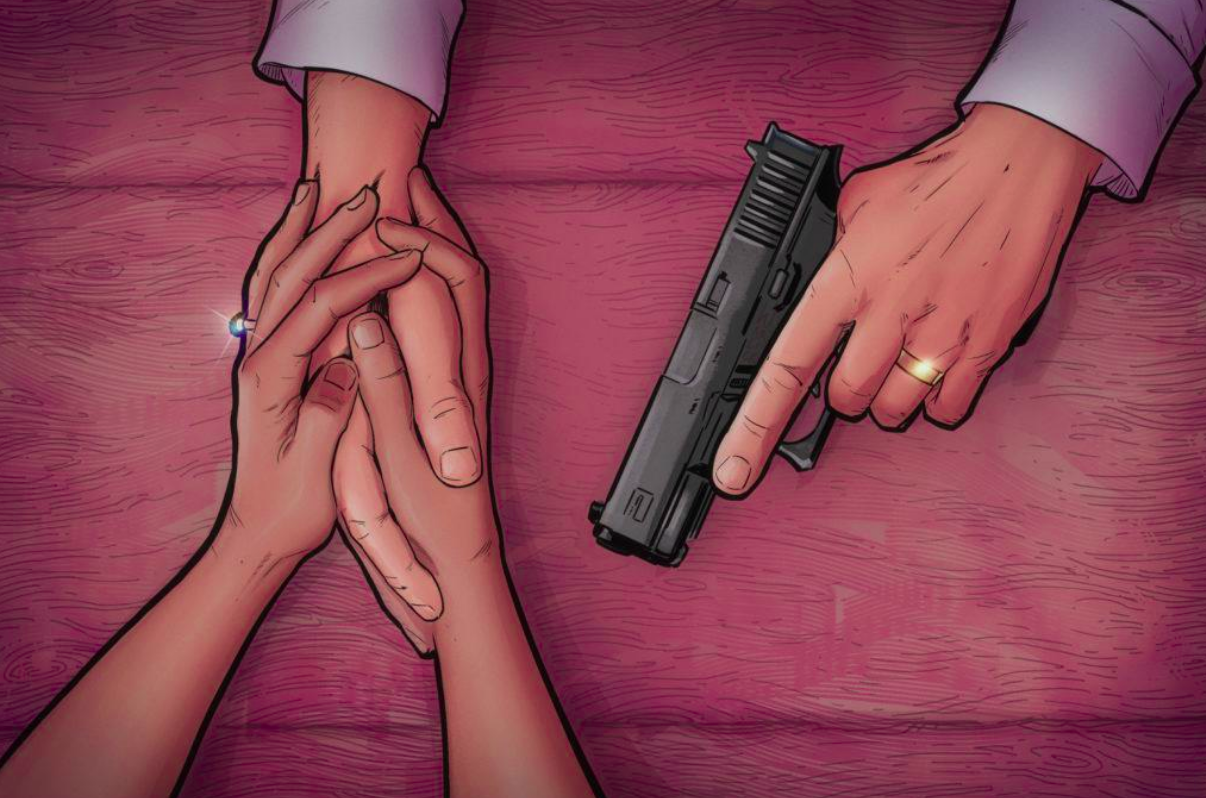
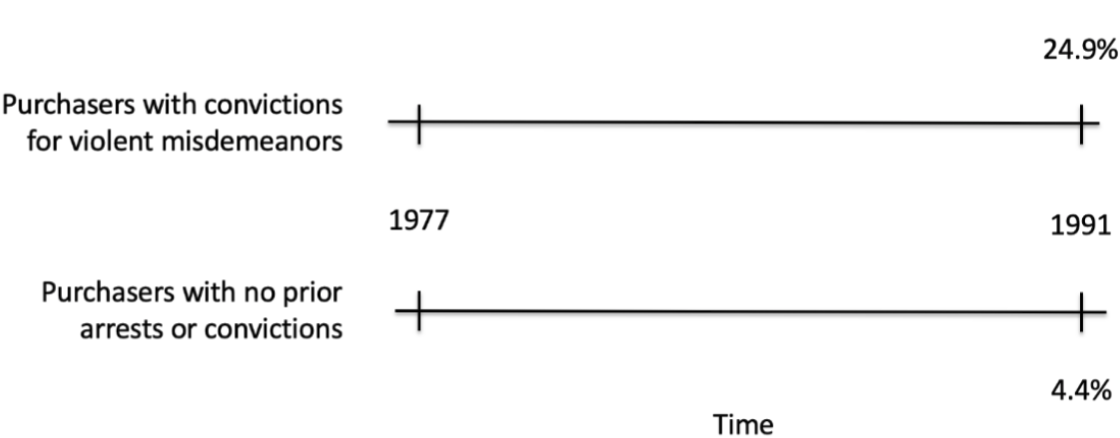 A study followed handgun purchasers who had previous violent misdemeanor convictions and those which had none; the study controlled for factors that could influence the arrest rate, such as age, gender, and race. After 13 years, those individuals who had previous violent misdemeanor convictions who purchased firearms were over five times more likely to be arrested for another violent offense vs those without previous convictions (4.4% for purchasers without prior convictions vs 24.9% for those with prior convictions). In fact, those individuals with higher numbers of prior convictions had even higher rates of future violent act arrests.
A study followed handgun purchasers who had previous violent misdemeanor convictions and those which had none; the study controlled for factors that could influence the arrest rate, such as age, gender, and race. After 13 years, those individuals who had previous violent misdemeanor convictions who purchased firearms were over five times more likely to be arrested for another violent offense vs those without previous convictions (4.4% for purchasers without prior convictions vs 24.9% for those with prior convictions). In fact, those individuals with higher numbers of prior convictions had even higher rates of future violent act arrests.